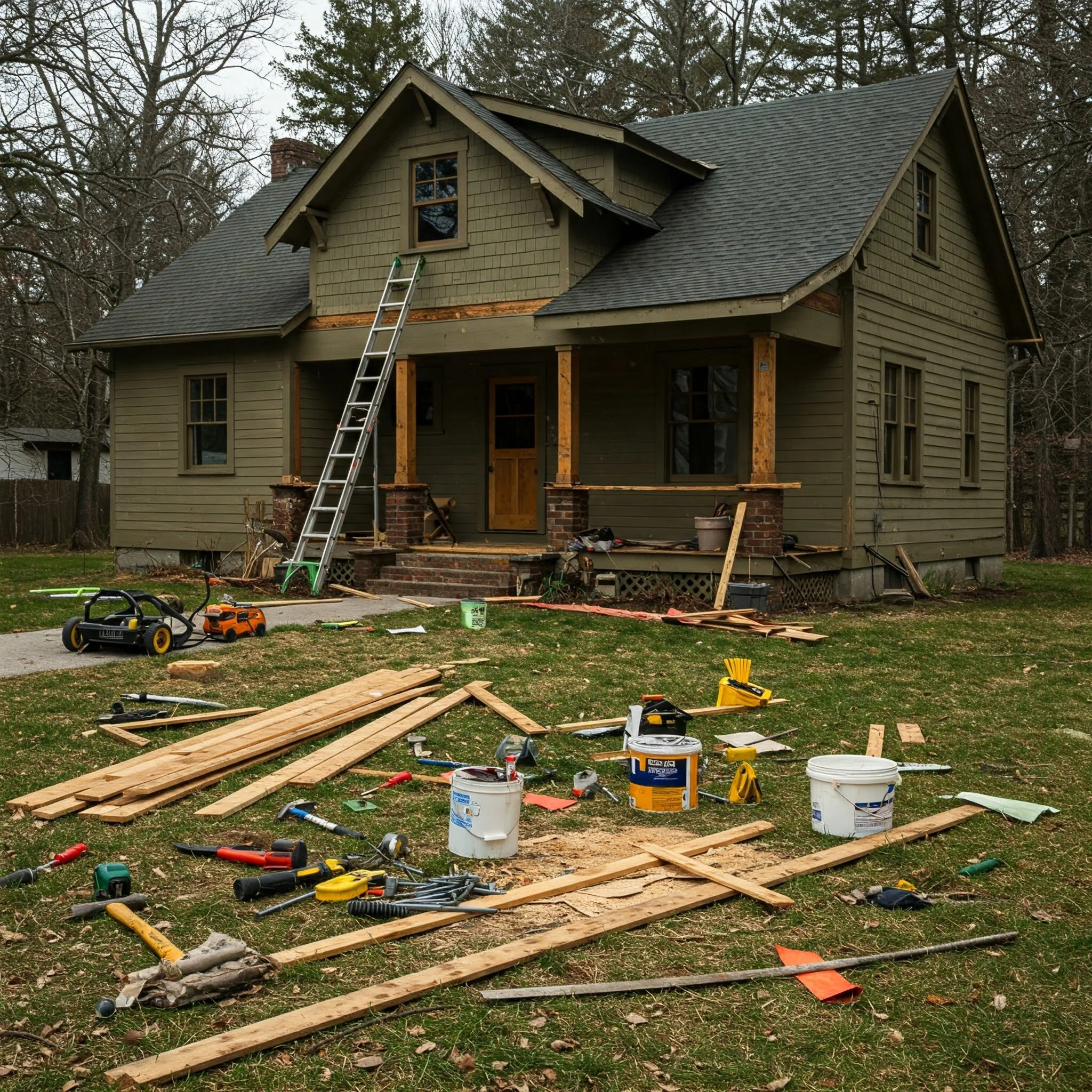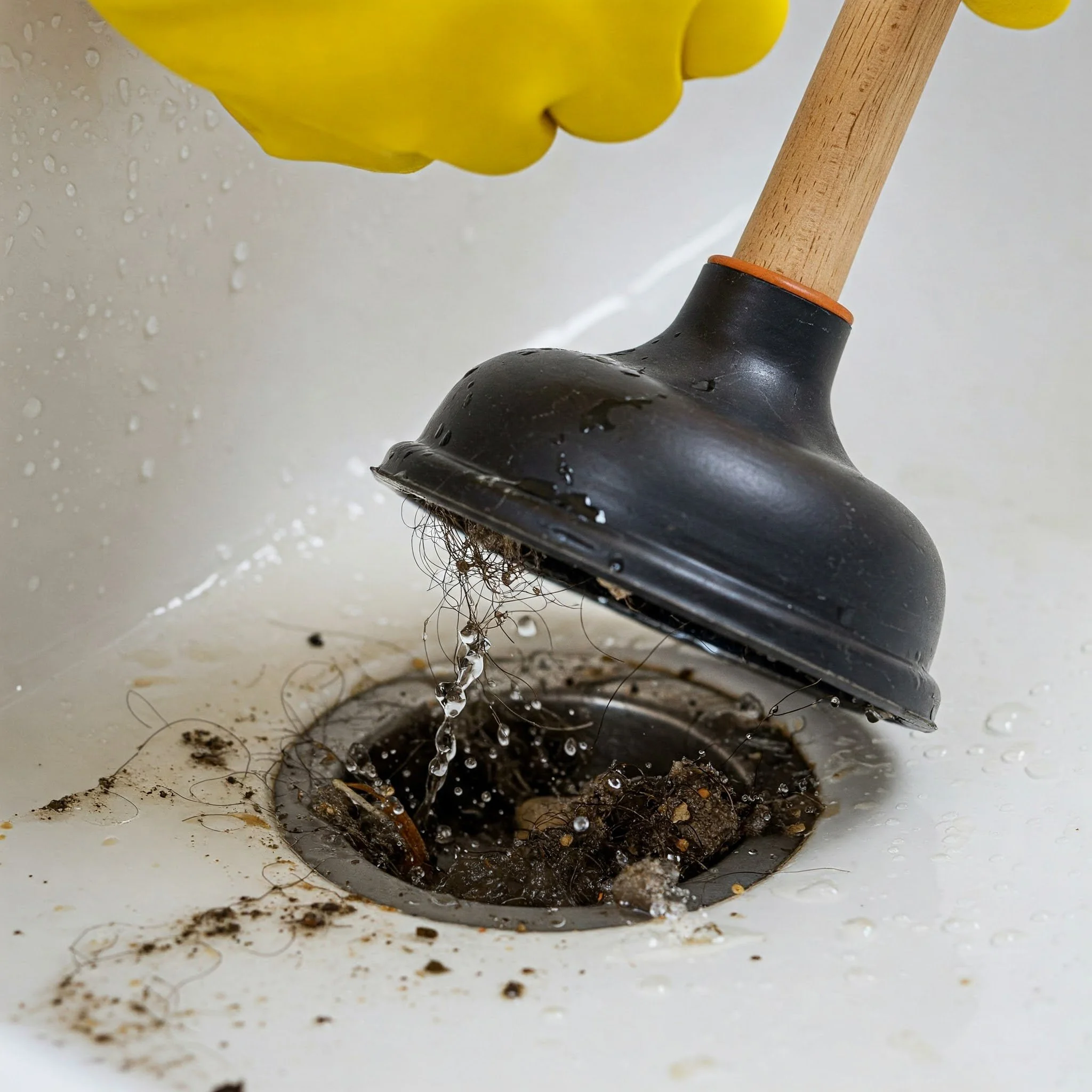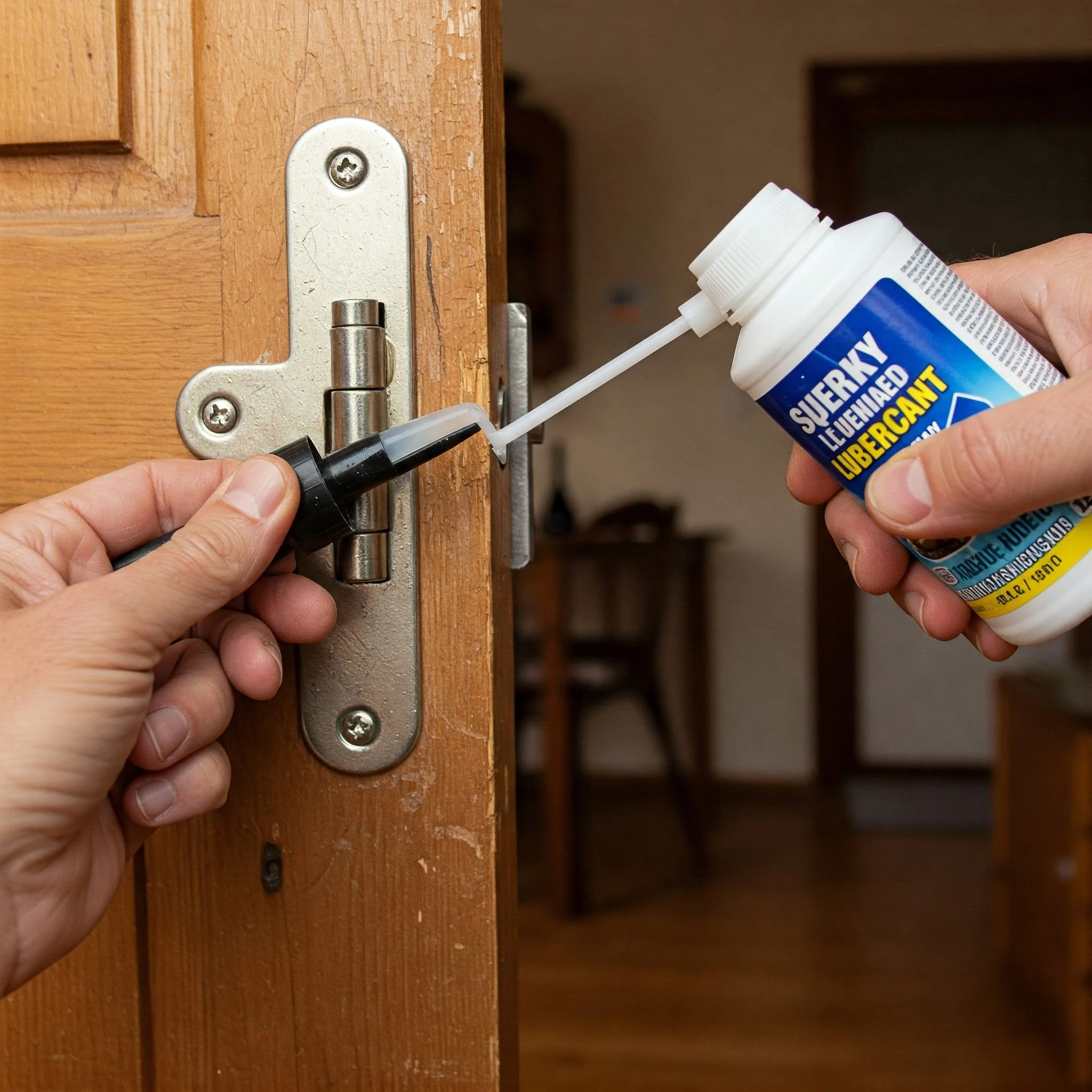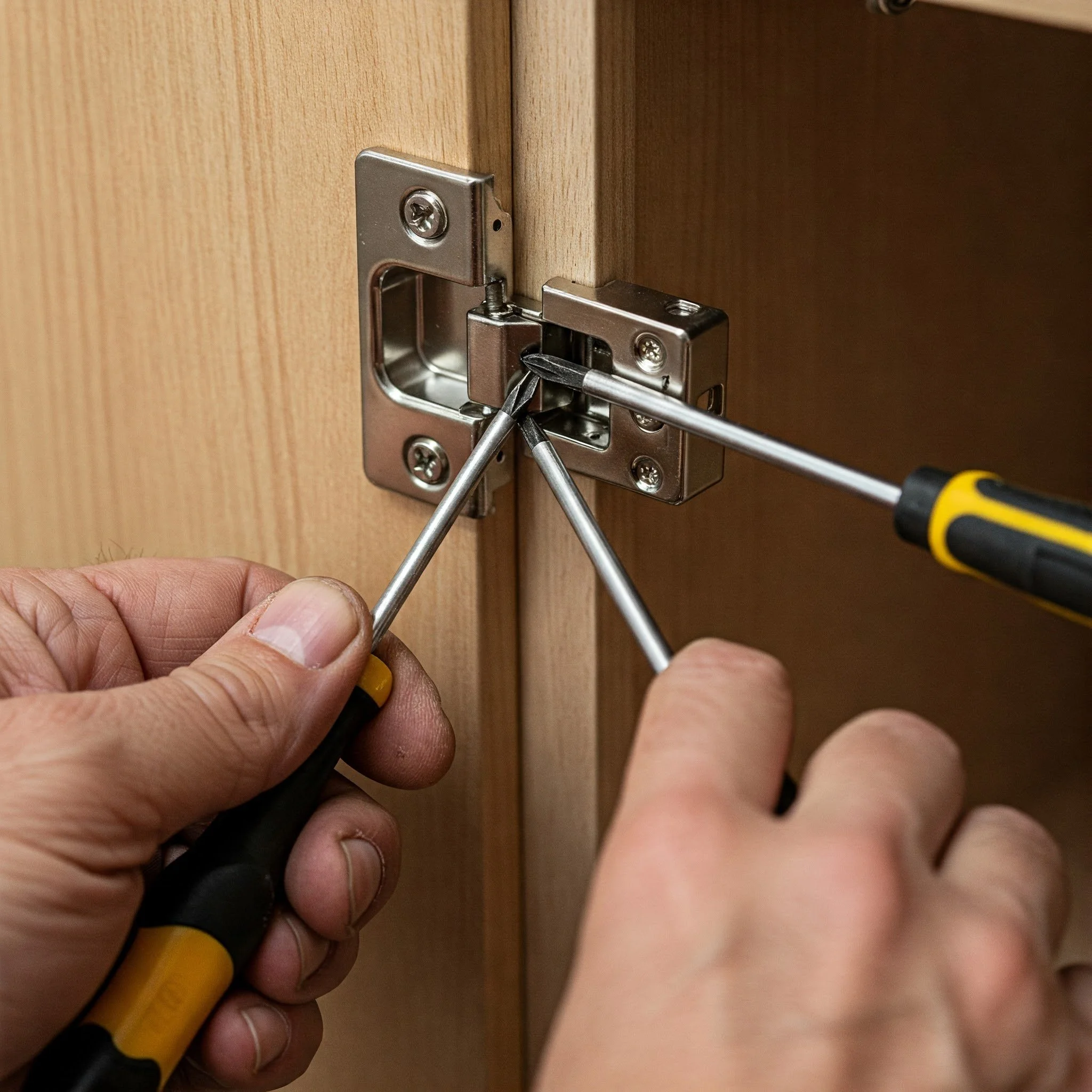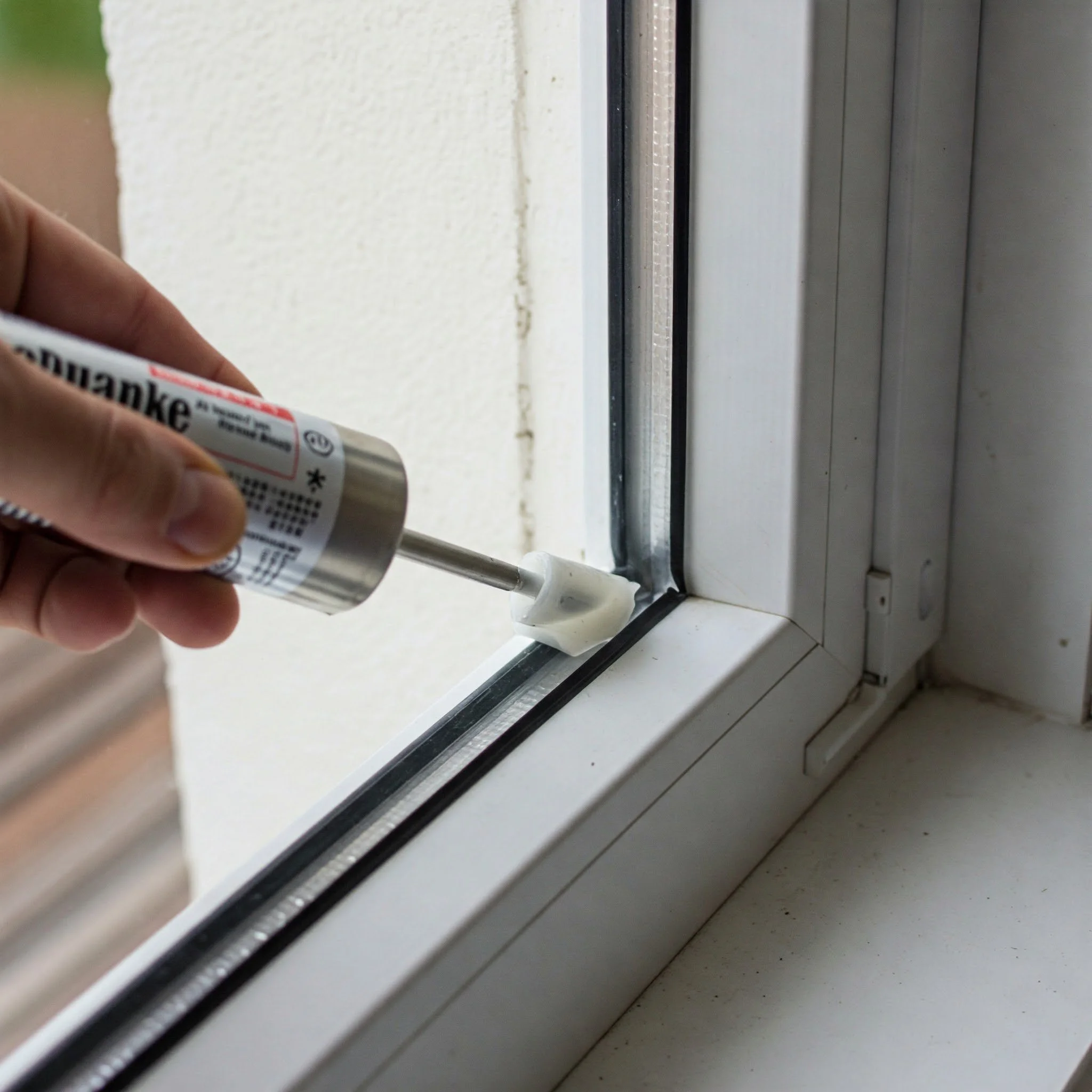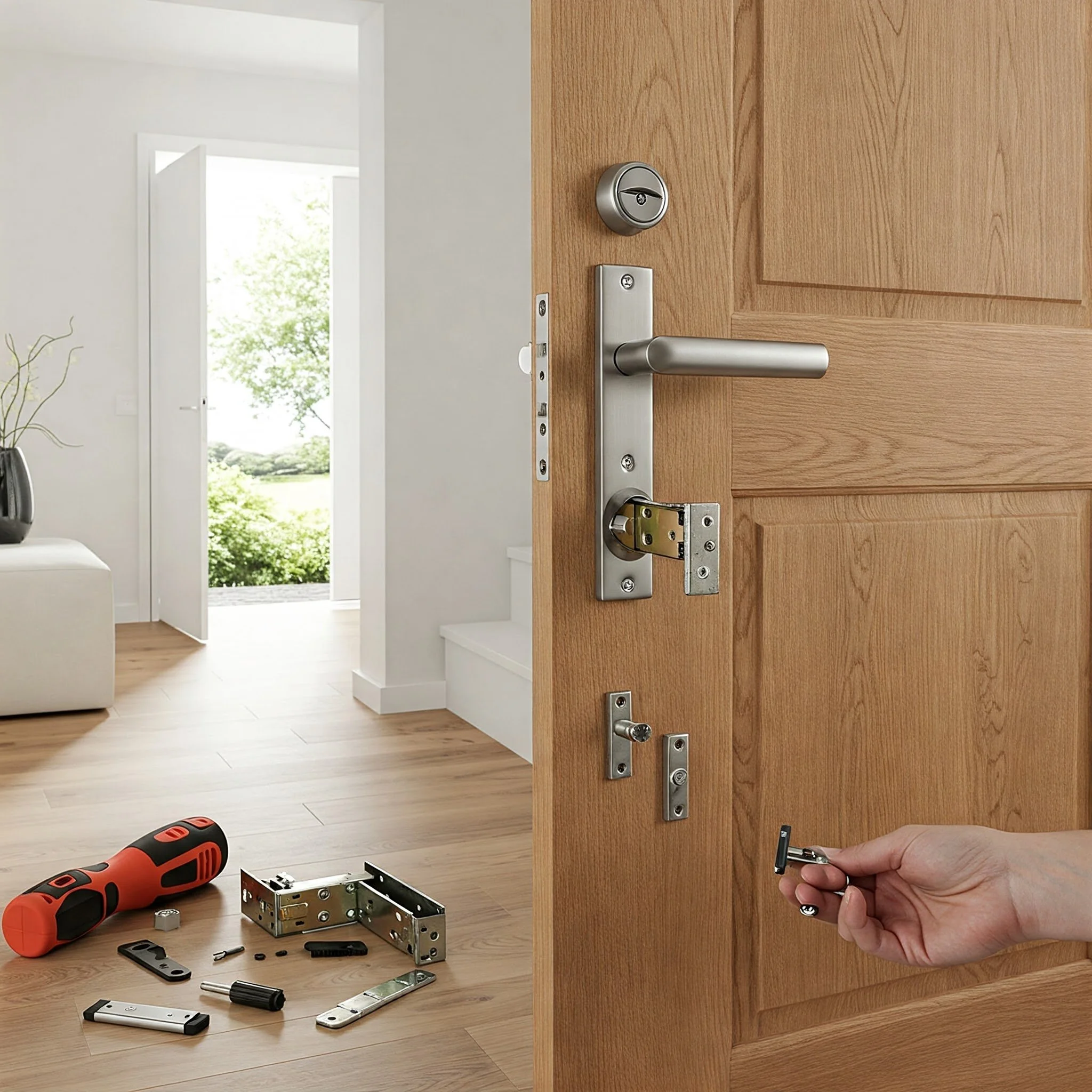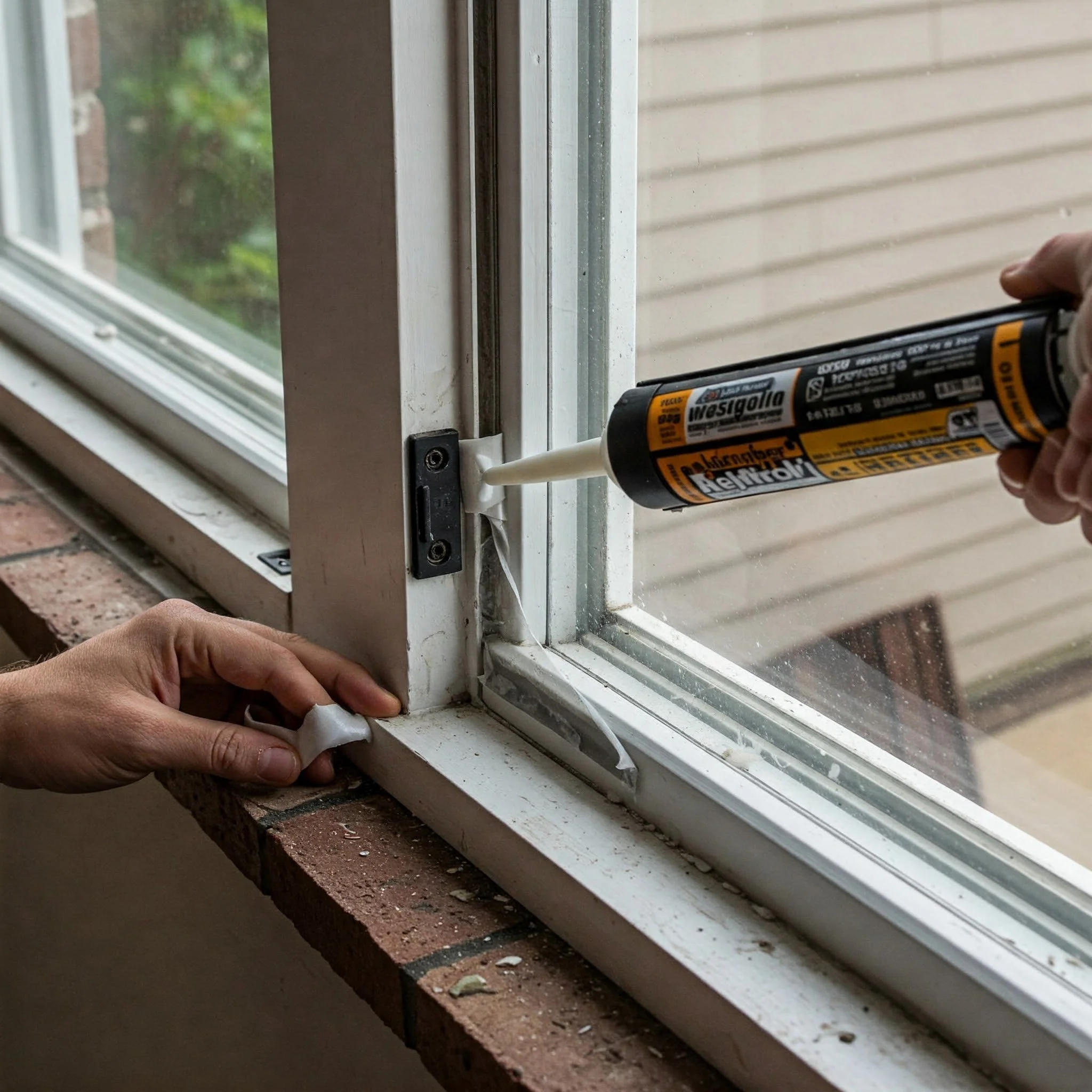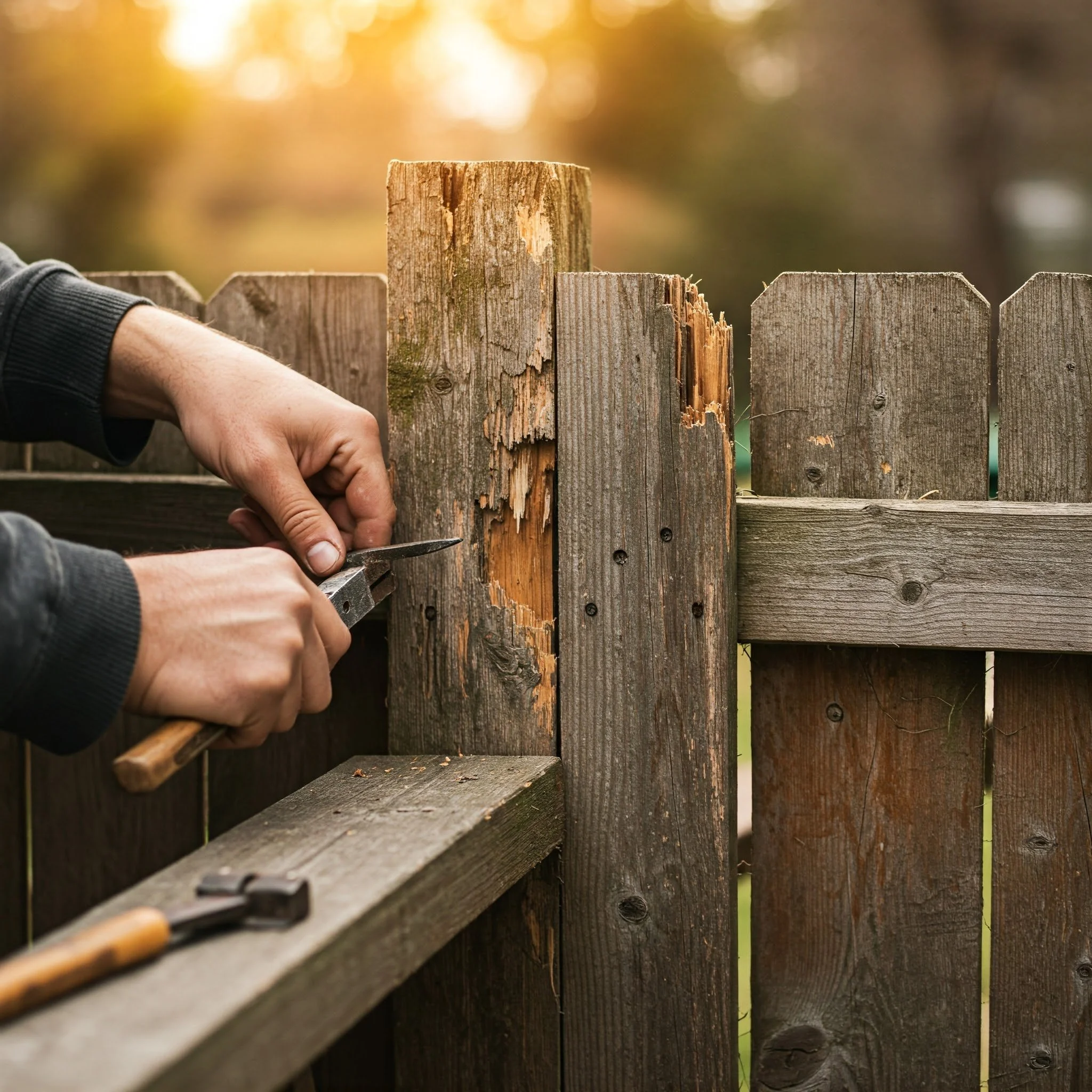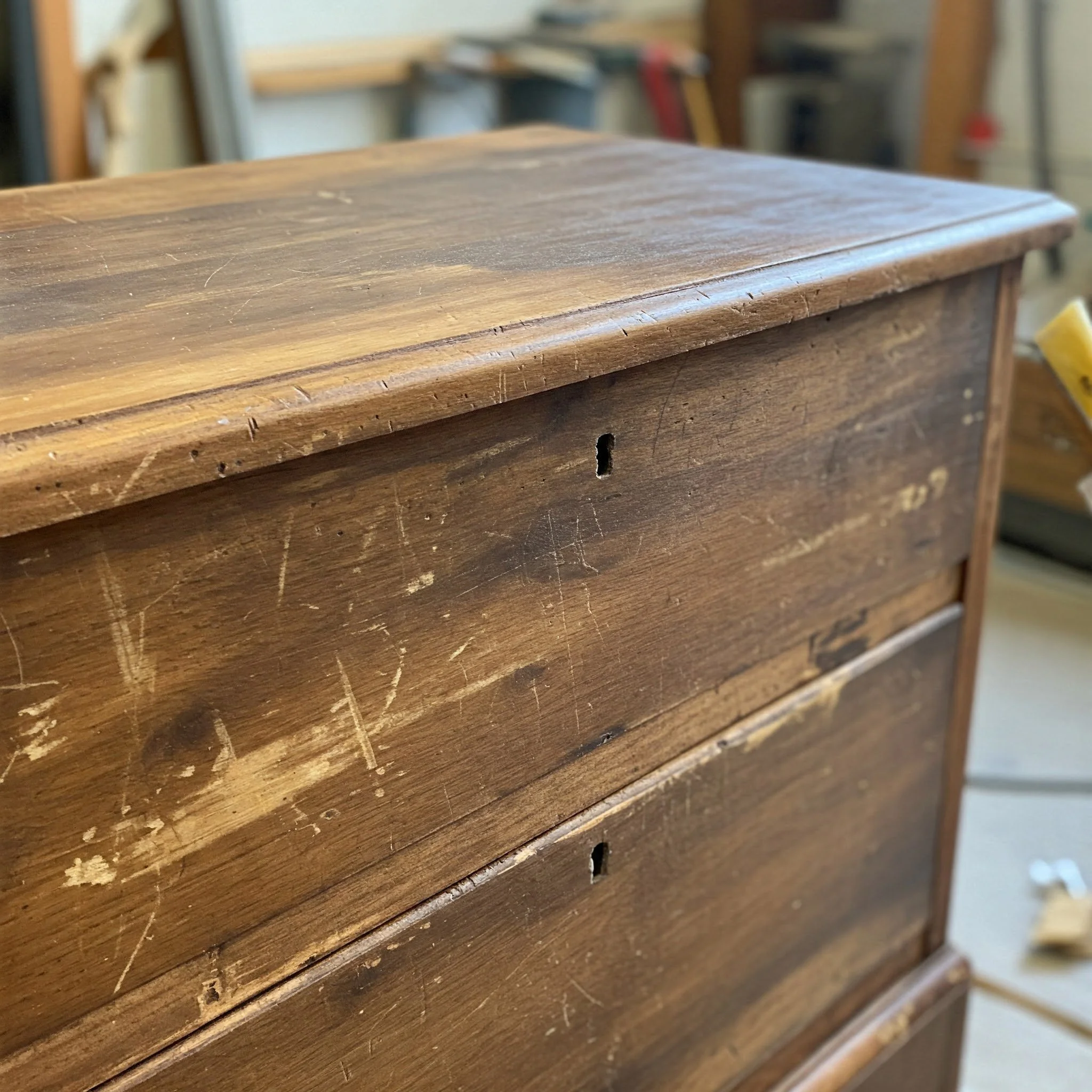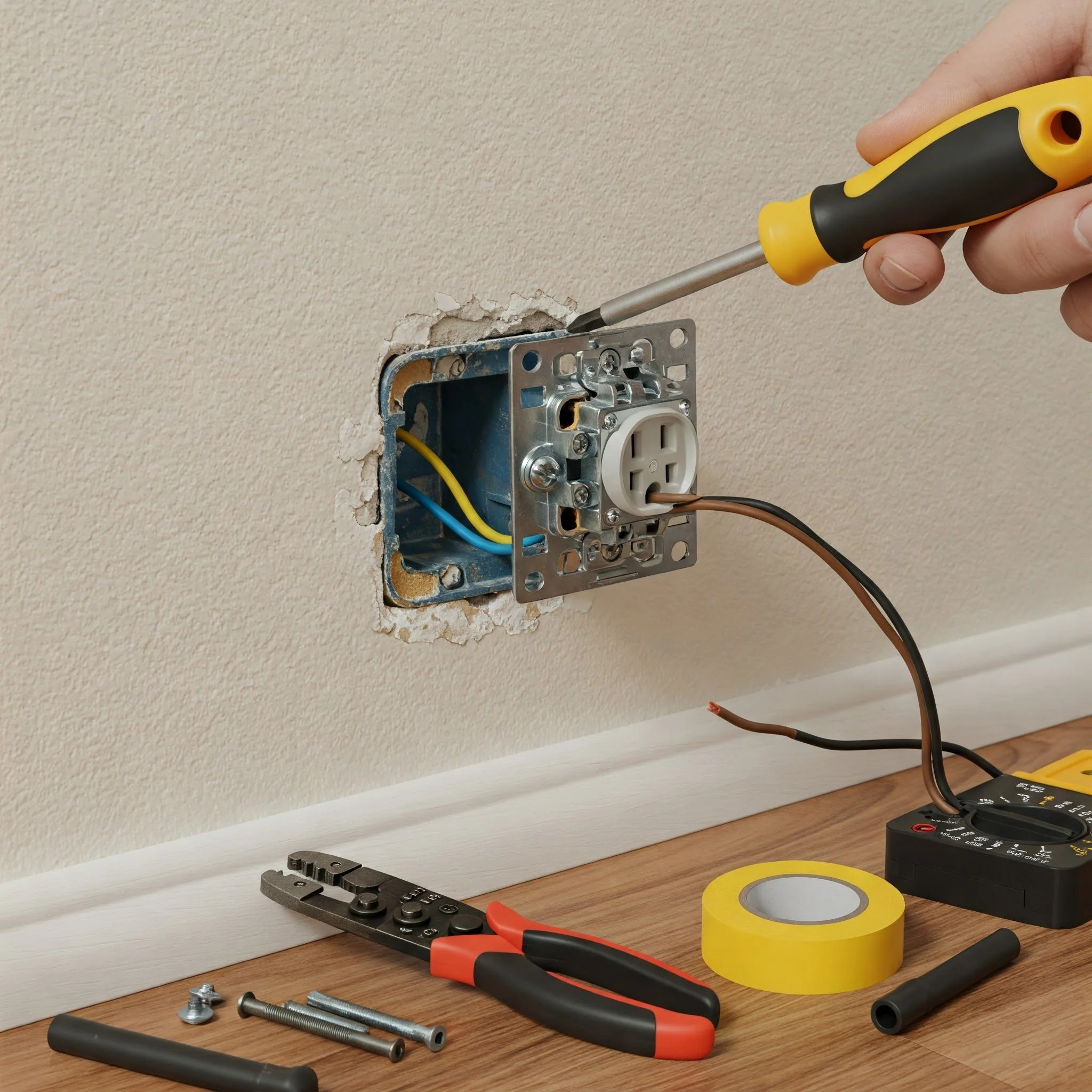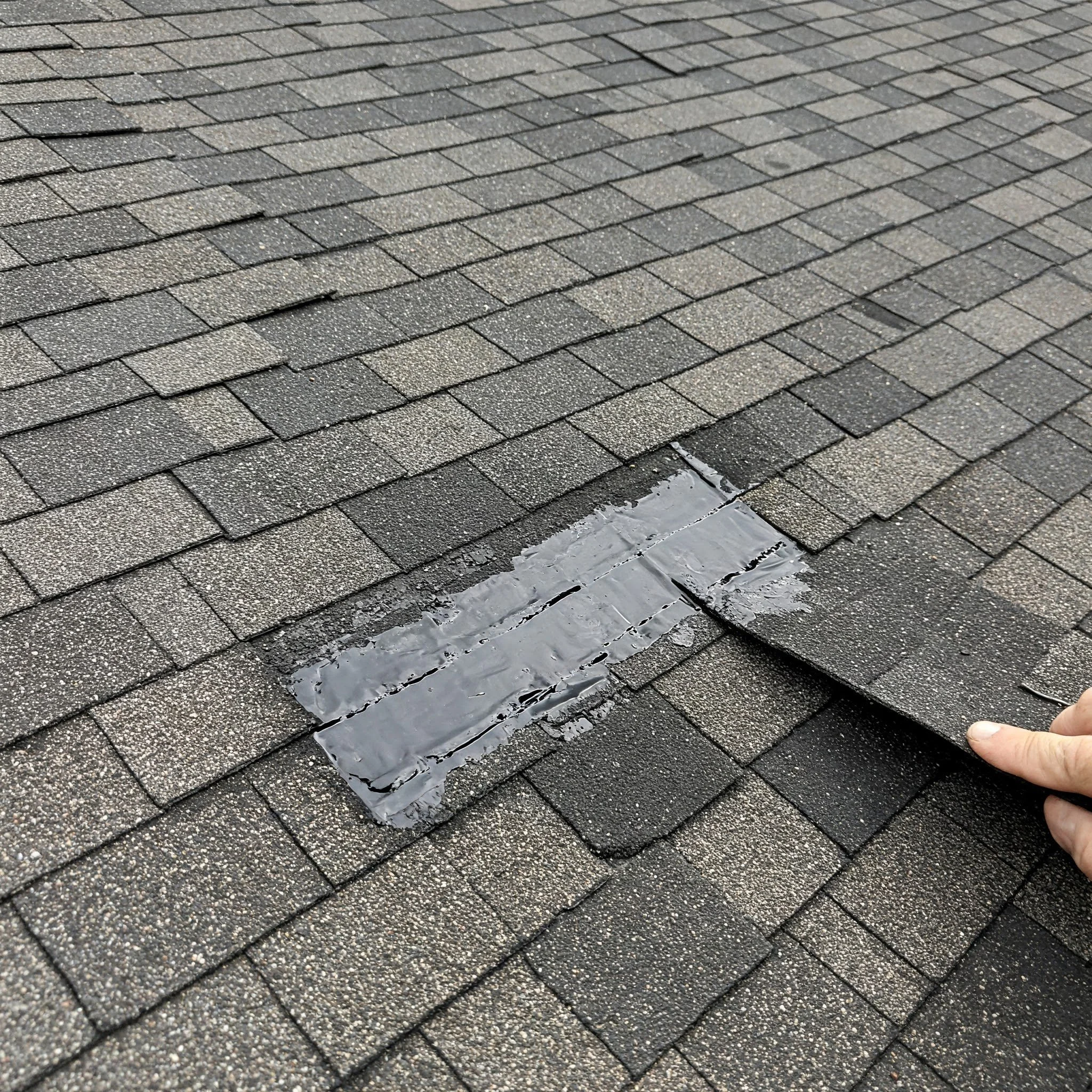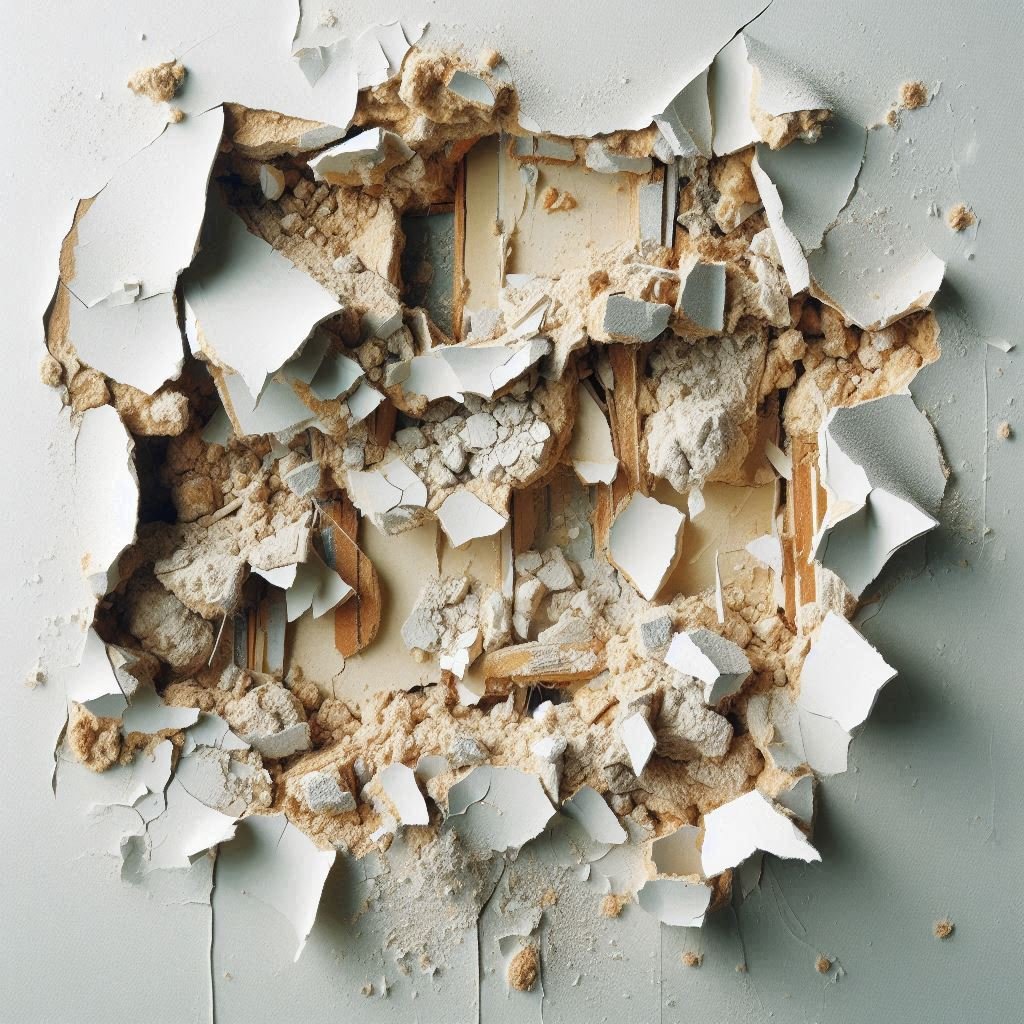15 Simple Home Repair Tips for Effortless Fixes
Unlock the secrets to effortless home repairs with our 15 simple tips! Discover easy fixes for leaky faucets, squeaky doors, and more to keep your home running smoothly without the stress.
Ever found yourself staring at a dripping faucet or a door that just won't stay closed? We've all been there! Home repairs can seem daunting, but they don't have to be. In this article, we're diving into 15 simple home repair tips that transform everyday mishaps into effortless fixes. Whether you're a DIY newbie or a seasoned fixer-upper, these practical tips are designed to save you time, money, and a whole lot of frustration. So grab your trusty toolkit, roll up your sleeves, and get ready to discover easy, effective solutions that will keep your home in tip-top shape. Let’s turn those minor repairs into moments of triumph!
Tip 1: Fixing a Leaky Faucet
A dripping faucet can be both annoying and wasteful, and fixing it is easier than you might think. Start by turning off the water supply, and then carefully disassemble the faucet to inspect for worn-out washers or seals. Often, the solution is as simple as replacing that tiny washer, but sometimes a thorough cleaning of mineral deposits is necessary to restore smooth operation. As you work through the repair, imagine your faucet as a well-tuned instrument that just needs a quick tune-up. With the right tools at hand—a wrench, some pliers, and a new washer—you can transform a persistent drip into a steady, reliable stream. Isn’t it satisfying to know that a small fix can save both water and money while giving you a sense of accomplishment?
Tip 2: Unclogging Drains
Nobody enjoys the frustration of a clogged drain that turns a simple chore into a messy ordeal. When water backs up, begin with a plunger to create the suction needed to dislodge debris. If that doesn’t work, a drain snake is your next best friend—it slithers through the pipes, breaking up stubborn clogs along the way. For a natural remedy, mix baking soda and vinegar, let it fizz, then flush with boiling water. This method not only clears blockages but also helps prevent future buildup by breaking down grease and grime. Picture your drain as a busy highway; when it’s free from congestion, everything flows smoothly. With these techniques in your toolkit, you can keep your drains clear and maintain the efficiency of your home’s plumbing system effortlessly.
Tip 3: Silencing Squeaky Doors
A squeaky door can disrupt the peace of your home like an unexpected alarm. To tackle this, begin by removing any dust or debris from the hinges with a clean cloth. Next, apply a generous amount of lubricant—be it silicone spray or even a dab of cooking oil—to the hinge pins. As you work, think of your door as a well-oiled machine that just needs a little care to function smoothly. The process not only quiets the annoying creaks but also prolongs the life of the door mechanism by reducing friction. Imagine the relief of opening a door without the grating sound, a small fix that yields a significant improvement in your daily comfort. With minimal effort and a few household items, you can restore tranquility to your home with a quick and simple repair.
Tip 4: Repairing Wall Cracks
Cracks in your walls might seem like ominous signs of decay, but more often than not, they are simply cosmetic issues from minor settling or temperature shifts. Begin by cleaning the crack thoroughly to remove any loose debris or dust. Then, apply a high-quality spackle or joint compound using a putty knife, filling the gap evenly and smoothing out the surface. Once the patch dries, a light sanding and a fresh coat of matching paint will seamlessly blend the repair into your wall. Think of it as restoring a cherished painting—each stroke of your brush is a step toward renewed beauty. This repair not only enhances the visual appeal of your space but also prevents small cracks from evolving into larger structural problems. With patience and care, you can easily transform an unsightly blemish into a flawless wall.
Tip 5: Replacing Damaged Tiles
Damaged tiles can mar the look of your floors or walls, but replacing them doesn’t have to be a laborious task. First, carefully remove the broken tile by chipping away the adhesive, ensuring that you don’t damage the surrounding area. Once the damaged piece is out, clean the gap thoroughly and prepare the surface with a thin layer of adhesive. Press the new tile into place and allow the adhesive to cure as recommended by the manufacturer. Finally, fill in the grout lines to complete the repair. Imagine your tile work as a mosaic—each piece plays a vital role in the overall picture. With these step-by-step instructions, you can restore the beauty and functionality of your tiled surfaces, ensuring that even a small repair makes a big impact on your home’s appearance.
Tip 6: Fixing Faulty Light Fixtures
Faulty light fixtures can leave your home feeling dim and unsafe, but fixing them is a manageable task if you follow the proper steps. Begin by switching off the power at the circuit breaker to ensure your safety. Carefully remove the fixture’s cover and inspect the wiring and bulb socket for signs of corrosion or loose connections. Tighten any loose wires and clean the contacts before replacing the bulb. If the fixture continues to flicker, it might be time to replace the socket or consult a professional for more complex issues. Visualize your light fixture as the heartbeat of your room—when it functions well, it brings warmth and vibrancy to your space. With these practical tips, you can quickly restore full brightness and enjoy a safer, more welcoming environment without the hassle of a lengthy repair process.
Tip 7: Tightening Cabinet Hinges
Loose cabinet hinges can make your kitchen or bathroom feel worn out and unkempt, but tightening them is a quick fix that makes a world of difference. Start by examining each hinge to identify any screws that have come loose. Using a screwdriver, tighten these screws to secure the hinge in place. If the screw holes are stripped, consider using a wood filler or a larger screw to ensure a firm grip. Picture your cabinets as the reliable storage hubs of your home—when they’re secure, everything functions smoothly and looks neat. This repair not only improves the appearance of your cabinetry but also prevents further wear and tear. With just a few minutes and basic tools, you can enhance the durability and efficiency of your home’s storage, making daily tasks a bit more pleasant and organized.
Tip 8: Repairing Window Seals
Drafty windows can lead to energy inefficiency and a chilly home, but repairing the seals is a straightforward solution that can make a big difference. Start by removing any old, cracked sealant from around the window frame. Clean the area meticulously to ensure that the new sealant will adhere properly. Then, apply a fresh, high-quality weatherproof sealant along the edges, smoothing it out with a caulking tool or your finger. Think of this process as giving your window a snug winter coat—one that keeps the cold at bay while maintaining a cozy atmosphere inside. This repair not only improves insulation but also reduces noise and can lower your energy bills. By dedicating a few moments to this task, you ensure that your windows remain a strong line of defense against the elements, making your home more comfortable year-round.
Tip 9: Replacing Door Locks
Outdated or faulty door locks can compromise your home’s security, but replacing them is simpler than it seems. Start by removing the existing lock from your door, which typically involves unscrewing the faceplate and detaching the internal mechanism. Compare the old lock with your new one to ensure compatibility. Follow the manufacturer’s instructions closely when connecting the wiring and securing the lock in place. Visualize your door as a fortress—the lock is its key defender. A secure lock not only provides peace of mind but also enhances the overall aesthetic of your entrance. With a few basic tools and clear steps, you can upgrade your door’s security, making it a more reliable safeguard for you and your loved ones. This quick replacement is a prime example of how small changes can lead to a significantly safer home environment.
Tip 10: Sealing Drafty Windows
Drafts sneaking in through your windows can make your home feel uncomfortable and drive up your energy bills. To seal them, first examine your window frames for gaps or worn-out caulk. Remove any old sealant, then apply a fresh bead of high-quality caulk or weatherstripping along the edges. Imagine wrapping your window in a warm, protective scarf that keeps the harsh cold out while inviting in cozy comfort. This straightforward repair improves your home’s insulation, reduces noise, and can even enhance its overall energy efficiency. With just a little effort and the right materials, you can transform drafty windows into a barrier that stands firm against the elements. Enjoy the satisfaction of knowing that a small DIY project can lead to a more energy-efficient and snug living space.
Tip 11: Quick Fence Fixes
A weathered or slightly damaged fence can detract from your home’s curb appeal, but quick fixes can restore its charm without extensive work. Start by inspecting the fence for loose boards, rusty nails, or splintered areas. Replace or secure the damaged components with new nails, screws, or wood filler, and consider a fresh coat of paint or stain for added protection. Think of your fence as the frame of a picture—it defines the beauty of your outdoor space. By addressing minor issues promptly, you not only enhance its appearance but also prevent larger problems down the road. This repair is a perfect blend of practicality and aesthetics, offering a cost-effective way to maintain your garden’s appeal. With a few simple steps, your fence will once again stand as a sturdy, attractive border that complements your home.
Tip 12: Refinishing Scratched Furniture
Scratches on your furniture can dull its charm, but refinishing is an art that revives its original luster. Start by cleaning the surface to remove any dust and grime, then gently sand the scratched areas using fine-grit sandpaper. Once the surface is smooth, apply a matching stain or polish to restore the color and shine. Imagine your furniture as an old friend in need of a little pampering—this process gives it a fresh start while preserving its character. Not only does this repair extend the life of your cherished pieces, but it also adds a personal touch to your home décor. With careful attention and a bit of creativity, you can transform unsightly scratches into barely noticeable imperfections, allowing your furniture to shine with renewed elegance and charm.
Tip 13: Replacing Electrical Outlets
Faulty electrical outlets can pose safety risks and inconvenience, but replacing them is a manageable task if you follow the proper precautions. Begin by turning off the power at the circuit breaker and testing the outlet to ensure it’s safe to work on. Remove the faceplate and unscrew the old outlet, then carefully disconnect the wiring. Compare the wiring configuration with your new outlet and reconnect the wires accordingly. Once secured, reattach the faceplate and restore power to test your work. Think of this process as upgrading the heart of your home’s electrical system—a small fix that can prevent bigger issues down the line. By handling this task with care and precision, you ensure that your electrical system remains reliable and safe. This DIY project not only boosts the functionality of your outlets but also provides a sense of empowerment from tackling technical repairs on your own.
Tip 14: Minor Roof Repairs
Even a minor leak in your roof can lead to significant damage if left unattended, so addressing these issues early is crucial. Start by inspecting your roof for missing shingles, cracked tiles, or signs of water damage. Use a ladder safely to examine the affected areas, and then apply roofing cement or sealant to repair small cracks or gaps. Picture your roof as the protective umbrella over your home—maintaining it ensures that your entire structure remains safe from the elements. This simple repair not only prevents water intrusion but also extends the lifespan of your roof. With a bit of determination and the right materials, you can tackle these minor issues before they escalate into costly repairs, ensuring that your home stays dry and secure through every season.
Tip 15: Essential Preventive Maintenance
Prevention is the best cure, and regular home maintenance can save you from expensive repairs later on. Create a routine that includes checking your plumbing, electrical systems, and structural components to catch early signs of wear. This could involve inspecting caulking around windows, tightening loose fixtures, and ensuring that all systems are running efficiently. Think of preventive maintenance as giving your home a regular health check-up—it keeps everything in balance and prevents small issues from turning into major problems. By dedicating a little time each month to these checks, you not only protect your investment but also enhance the overall safety and comfort of your living space. With consistent care and attention, your home will remain a well-functioning sanctuary that you can be proud of for years to come.
Conclusion
In wrapping up our journey through these 15 simple home repair tips, it’s clear that even the smallest fixes can have a huge impact on your daily comfort and home value. Each tip, whether it’s silencing a squeaky door or sealing a drafty window, empowers you to take control of your living space with confidence and ease. The beauty of DIY repairs lies in their simplicity—small actions add up to significant improvements over time, turning maintenance into a rewarding ritual rather than a daunting chore. So, next time you face a minor hiccup around the house, remember that you have the tools and know-how to transform it into an effortless fix. Enjoy the process, celebrate your achievements, and relish the satisfaction of knowing that you can handle anything your home throws your way!
Frequently Asked Questions
Q1: Can beginners handle these home repair tips without professional help?
Absolutely! Each tip is designed with simplicity in mind, making it accessible for DIY novices while still being useful for experienced fixers.
Q2: Do I need to invest in expensive tools to complete these repairs?
Not at all—most repairs require basic, affordable tools that you likely already have at home or can purchase inexpensively.
Q3: How often should I perform preventive maintenance on my home?
A monthly check-up is ideal to catch minor issues early, though some tasks might only need to be done seasonally.
Q4: Are these repairs safe to do without prior experience?
Yes, as long as you follow safety precautions like turning off power for electrical work and using proper equipment, these repairs are safe and manageable.
Q5: Will fixing these issues really help reduce my energy bills?
Definitely—sealing drafts, repairing window seals, and maintaining fixtures can all contribute to improved energy efficiency and lower utility costs.
